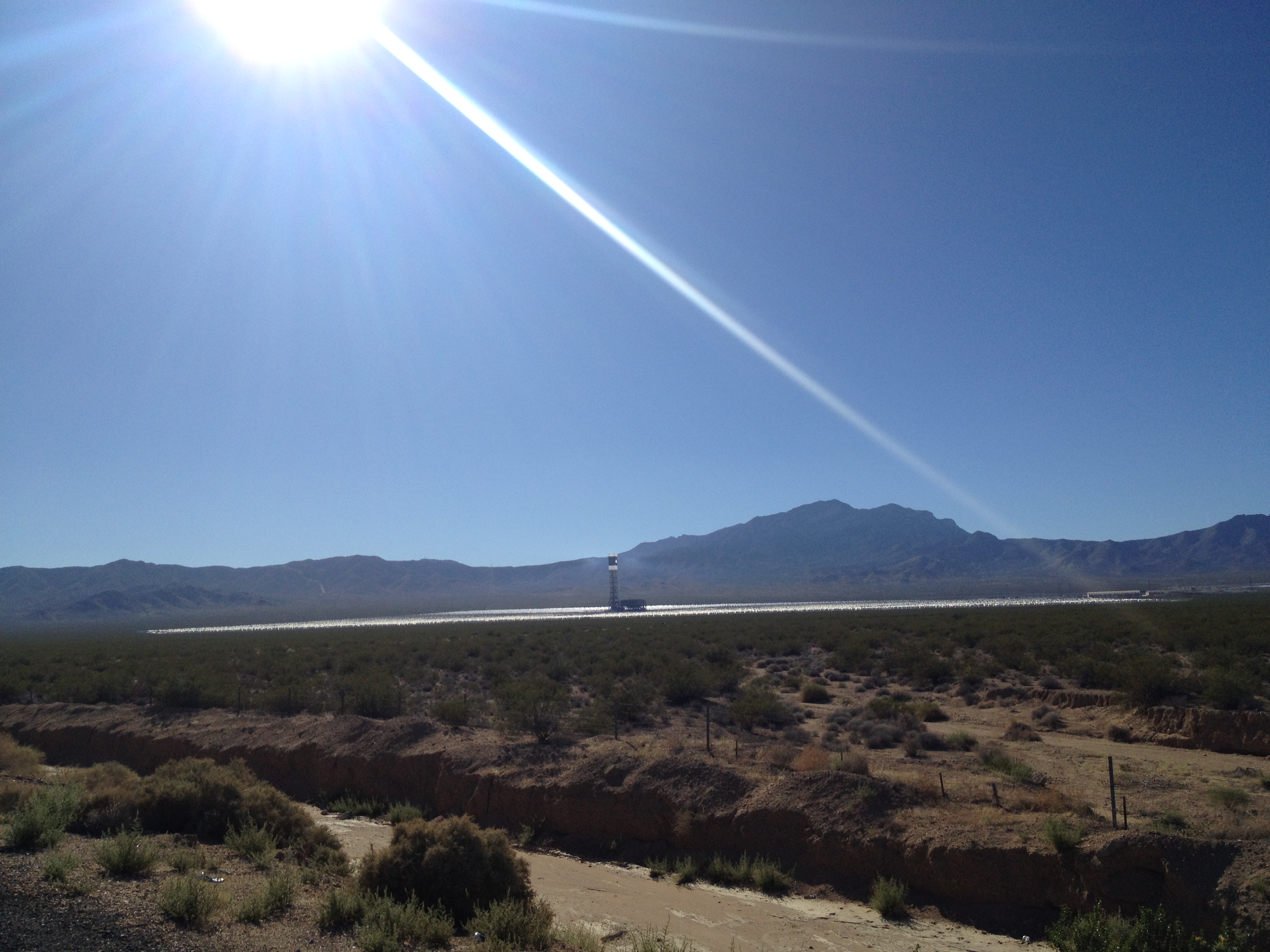Managing Environmental Issues
Managing Environmental Issues
Keys to a successful utility-scale solar project
 An increasing number of utility-scale solar facilities across the United States are helping reduce our dependence on fossil fuels and improve our quality of life. But these projects also come with their own set of environmental issues developers need to consider. Below are some common environmental issues having the potential to block a utility-scale solar project, and some solutions to overcome these obstacles.
An increasing number of utility-scale solar facilities across the United States are helping reduce our dependence on fossil fuels and improve our quality of life. But these projects also come with their own set of environmental issues developers need to consider. Below are some common environmental issues having the potential to block a utility-scale solar project, and some solutions to overcome these obstacles.
Problem: Disruption to protected species
Utility-scale solar projects in the United States can approach 600MW and cover hundreds of acres. The projects are usually located on flat, undeveloped land in sunny realms-typically desert areas. These areas are often home to protected species of wildlife and their habitats. Any ground disturbance, such as grading or road construction, has the potential of disrupting plants and animals. Such large solar projects can have lasting effects on the ecosystem. Various state and federal agencies need to give approval to disturb such sites.
Solution: Biological surveys done early in the planning
To determine what species may be present, qualified biologists need to examine the project area as well as surrounding areas. Biologists also will contact state and federal agencies for information about protected species that may be using the proposed project area. By conducting surveys at the appropriate time of the year, biologists will be able to identify habitats and protected species. These studies need be done early enough in the process so the project design can be modified, if needed, to avoid or minimize negative influences.
Problem: Regulating desert waterways
While developers are aware of the need to survey their sites for plants and animals, they are often surprised they must also look for waterways. Yes, even the desert has waterways regulated by the government, though they may only see water once in a decade. Solar projects can affect these dry washes when contractors build access roads or grade the site.
Solution: Get a permit specialist involved early
The U.S. Army Corps of Engineers oversees compliance with the Clean Water Act. Simply stated, this Act regulates how a project interacts with the aquatic environment, which includes the desert washes. Applying for a permit to disturb a desert waterway (commonly known as a 404 permit) requires developers to show the steps they have taken to avoid affecting aquatic resources. Developers also have to demonstrate how they have minimized potential effects, and how they will mitigate for any effects which can't be avoided. The studies needed to determine the presence of protected waterways and prepare the permit application, can be carried out at any time of the year.
Problem: Habitat fragmentation
The construction of a utility-scale solar facility removes several hundred acres of foraging and living space for wildlife, and can also disrupt the movement of wildlife from one place to another. This is called "habitat fragmentation", and is considered a serious problem for some species.
Solution: Build habitat corridors in the project site
Developers can reduce fragmentation by leaving a corridor, such as a vegetated wash, through their projects. This is effective, for example, for the desert tortoise, kit fox, and other small animals.
Problem: Lake Effect
An unexpected concern has arisen with large photovoltaic and solar tower facilities, especially in the desert. Called the Lake Effect, it occurs when birds mistake a field of solar panels or heliostats for water and attempt to land on them. Incidents usually involve ducks and other water birds. The birds can be hurt or killed as they collide with the panels and heliostats. Just a small number of birds have been affected. These incidents only become biologically significant when a rare species is involved.
Solution: Identify and avoid potential hazards
Although avoiding bird deaths caused by the Lake Effect has proved a tough problem to tackle, there are some steps that developers can take. For example, make solar sites less attractive to birds by reducing the size of nearby water features such as settling ponds or wetlands. Also, avoid locating solar facilities on flight paths of migrating birds, or near habitat used by sensitive species of water birds.
Solar energy is an important alternative to fossil fuels, but its development involves a number of environmental tradeoffs. Developers can manage potential regulatory roadblocks and costly project delays by using sound science and planning. Steps to a successful utility-scale solar project include:
- Surveying sensitive resources;
- Understanding complex regulations;
- Designing projects to avoid, minimize, or mitigate potential negative effects.
These measures can help developers take advantage of the opportunities available to create a successful project.
 Dr. Joseph B. Platt is a senior ecologist for POWER Engineers, Incorporated in the Environmental Services Project Management Group.
Dr. Joseph B. Platt is a senior ecologist for POWER Engineers, Incorporated in the Environmental Services Project Management Group.
POWER Engineers | www.powereng.com
Volume: 2016 September/October











.png?r=6260)
